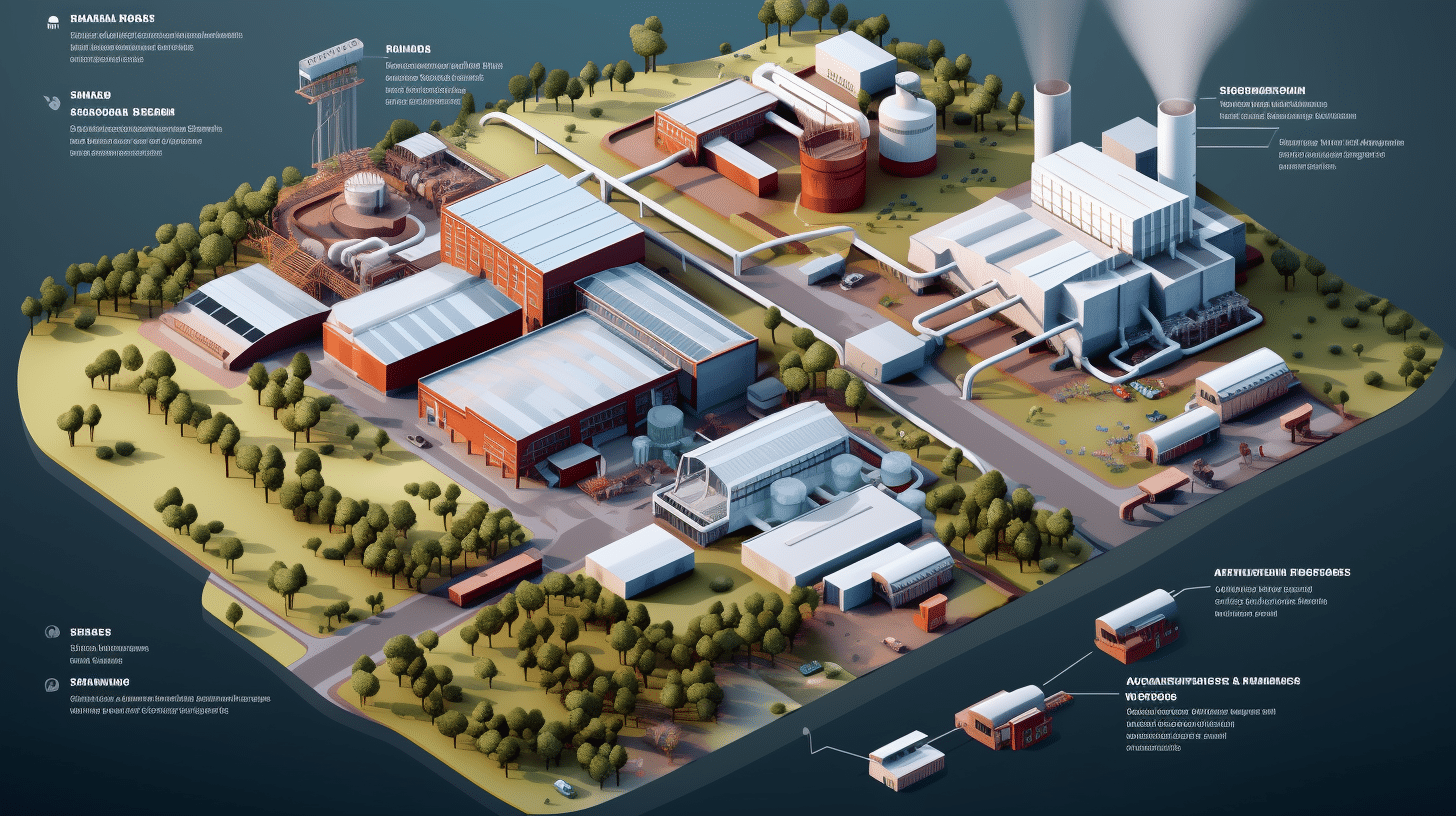It is more than five months since the revival and closure of the Pan Paper Mills. Was the re-opening of the factory here to cause Webuye residents more health harms through its released fumes that they inhale, the water released to the river, the iron sheets of their houses rusting and massive deforestation? This is the question on many people’s lips living around and within Webuye.
However, the then factory’s revival leader, Dr. Wafula Muliaro now under the newly appointed Receivership Manager Mr. Ian Small had reassured residents of Webuye that the fumes produced as a result of paper production are not harmful to the people inhaling them or those who come in contact with them.
“The fumes from paper production go through the machines for testing and purification before being released in the atmosphere,” said Muliaro.
Webuye Pan African paper mills now Webuye Paper Mills, an industrial company, opened in 1974 and ever since, the residents around the factory are living in a “polluted” environment.
2008 according to the official Hansard record, the Vihiga MP Yusuf Chanzu had inquired from the industrialization minister if he was aware of the hazardous and harmful emissions to the environment, human life and surrounding building emanating from the Paper mills.
In response, the then, Assistant Minister for Industrialization Mr. Ndiritu Muriithi had said he was aware of the air emissions emanating from the operations of the Pan African paper Mills, Webuye, in the form of particulate matter, nitrogen oxide, chlorine gas and hydrogen chloride gas. He had further said that, there is liquid effluent from the factory which is discharged through the treatment ponds and thereafter, after treatment, to river Nzoia.
Mureithi had further said, the company had put in place internal mechanisms which include modern equipment and facilities that ensure that the emissions and liquid effluent remain within the standards set by National Environment Management Authority (NEMA).
However, this contradicts the Prime Ministers’ sentiments during its closure during the official opening of the Butali Sugar company where he said that what was being experienced at the plant was lack of modern technology, lack of trees as raw material and unfocussed administration. In support, past management indicated since 1997, the performance had deteriorated due to external factors among them high energy prices.
Subsequently, an International Finance Corporation (IFC) a member of the World Bank audit completed in August 2009 to ensure a safe and proper start up and de-commissioning of the facility in its Ombudsman Assessment report acknowledges the same.
Consequently, Mureithi had disclosed that, the Kenya Bureau of Standards (KEBS) in their audit report of the organisation’s environmental management system done on 27th and 28th October, 2008, the plant is international Standards Organisation (ISO) certified with an ISO certificate NO. 14001 of 2004 on environmental management which ensures that air emissions and effluents are properly treated and have no negative effects on environment, human life and buildings.
The only large-scale pulp and paper factory is in Webuye town. There are also a few smaller industries involved in paper recycling. Webuye’s Pan Paper Mills has been associated with air pollution and obnoxious smells. Key air pollutants from this sector are oxides of nitrogen, sulphur, hydrogen sulphide gas and dust. Oxide emissions from the plant contribute to acid rain whose effects include corrosion of iron sheet roofs, leaching of plant leaves and reduction in fish species in Nzoia River.



0 comments